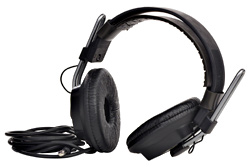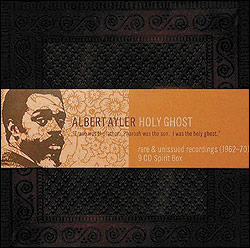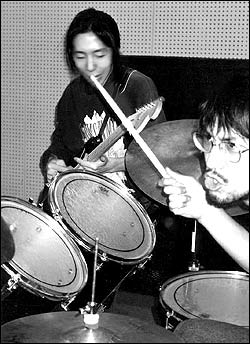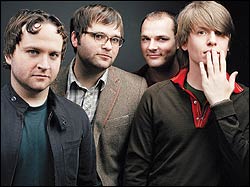Every record collection has its roots in a moment of complicated joy. We hear a song, and it makes us happy. We want to hear it again; we want to feel the same feeling as the first time we heard it. The easy solution is to acquire a copy of the song, so we can bring back that feeling or something like that feeling whenever we want. (The feeling is never exactly the same. Sometimes it degrades, at one rate or another, over time and repeated experience. But sometimes it stays very similar.)
Record collectors, though, don’t just want to re-enact or simulate that initial moment of happiness; we want to understand where it came from. We’ll buy other songs by the same artist, other artists’ versions of the same song; we’ll puzzle out the historical circumstances around the recordings we love; we’ll come to treasure records themselves as the physical manifestations of that history. Eventually, we start collecting, rather than just amassing. The crucial moment is when we become willing to pay even for records that we know we won’t enjoy, because they’ll give us some more understanding of the records that we do enjoy.
I’m a collector. Mostly, these days, I’ve been collecting the records James Brown produced and sometimes wrote for other artists, particularly in the ’60s and ’70s. There are hundreds of them, and I’m still looking for about 50. (Anybody got a spare copy of Marva Whitney’s “Tit for Tat [Ain’t No Taking Back]”?) Some of my favorites are the really bad ones: Florence Farmer’s sycophantic recitation “Living Legend”; former Macon, Ga., Mayor Ronnie Thompson’s inept country single “It Couldn’t Happen Again.” Well, no. Not my favorites. Those are “Mother Popcorn,” “There It Is,” and a lot of others—hits whose incandescence still astonishes me. But the bad ones inform my understanding of the good ones: They’re naked, shivering evidence of the messed-up desires that shaped the music I love most.
Like most collectors, I get a kick out of tracking them down. Collecting feels heroic, even though it’s entirely a matter of self-interest—it gives the deceptive sense of a great and complicated labor. We spend tremendous amounts of money in pursuit of homely little objects; we travel; we hunt through dusty stacks, combat rivals, bargain shrewdly. (Some of us buy records made to be “collectible,” the same music we already have repackaged to appeal to that need for completeness. Such collectors are the music industry’s lawful prey.) As we close in on the final record to complete the set, every transaction is a little more emotionally charged. At last, the records are all in our possession—and then they’re put away on a shelf, or in a box.
Visual-art collectors can surround themselves with their treasures, but it’s only really possible to listen to one recording at a time, which leads to a nasty paradox. The broader a music collection becomes, the less attention it’s possible to pay to most parts of it, and the less pleasure each individual recording can provide. Some collectors think of themselves as curators of the neglected past, pulling down rare gems from the shelves to share with visitors or posting them on MP3 blogs. Intoxicated by dust, we glory in obscurity.
When the fun of collecting has more to do with seeking than with having, though, it can backfire. Finding the last record of a set—completing the collection—ought to be like discovering the final clue to solve a mystery. Instead, it’s the end of a maze that opens only into a marginally less-narrow, less-dark space. Tracking down the last instance of something I’m collecting always reminds me of a friend of mine who loves Hüsker Dü, heard the consensus that Zen Arcade was their best album, bought a copy in 1987 or so, and still hasn’t listened to it. Someday, she says, she’ll be able to hear it for the first time; she wanted to save that experience for when she was older, instead of longing for something like it to happen again.
I sympathize with that. I have visions of myself as an old man—my hearing at least sort of intact, I find myself wishing more fervently these days—spending my days down in the basement, with a huge, restored jukebox full of funk and post-punk singles, doing nothing but enjoying the collection. For that to happen, someday I’m going to have to look at the walls lined with boxes and drawers, run my fingers over the discs whose touch-mottled sleeves and cases remind me of the little adventures I had assembling them over the years and the moments of delight that made me want them in the first place, and think: This is enough. I have enough now.
This is the final installment of the third incarnation of this column. (Smallmouth originally ran in Rockpool in 1992 and 1993, and then from 1997 to 2002 in the Boston Phoenix. In answer to the question nobody ever asked, it’s named after a very good album by Scrawl.) Thanks to all my readers, especially the angry Norwegians.








